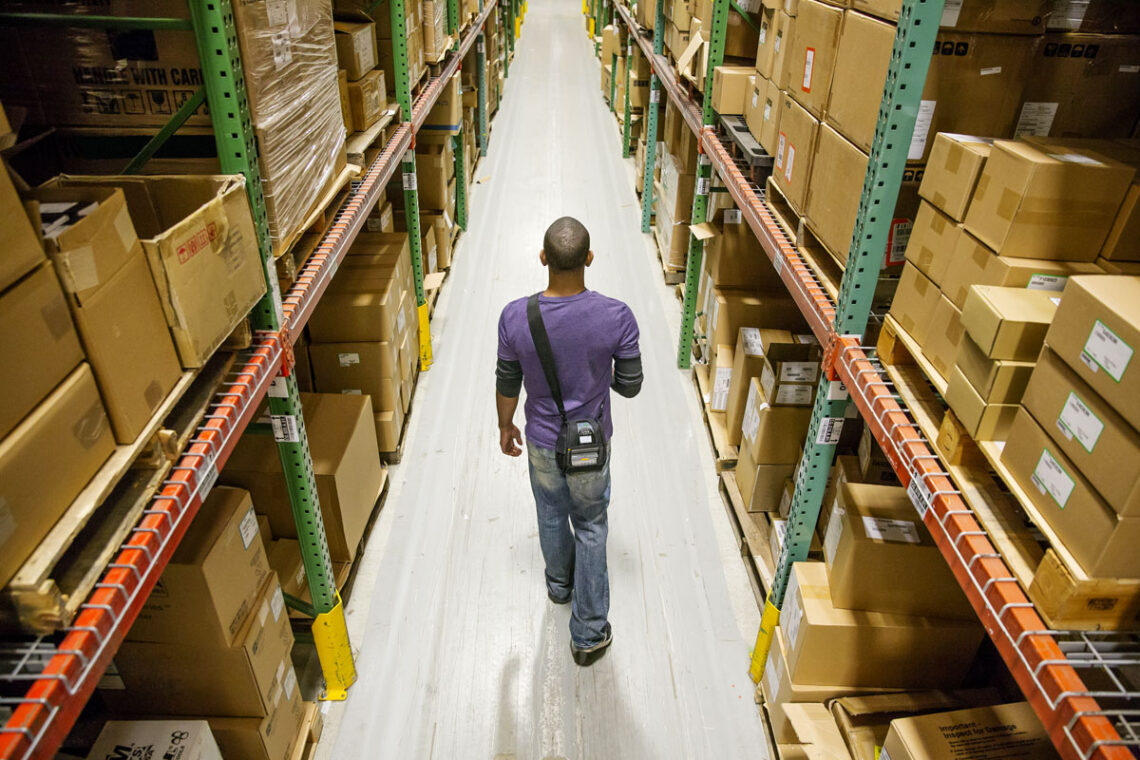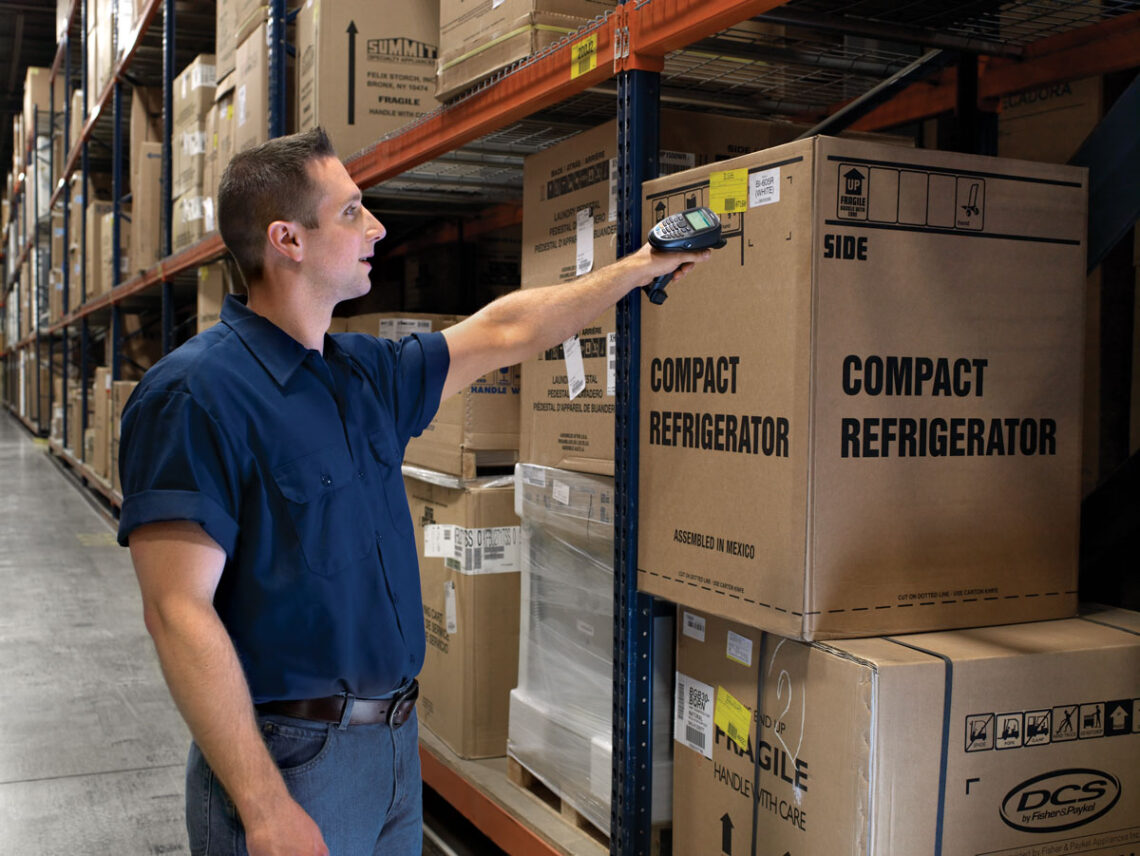Working with supply chain optimization since 1994, I can safely say that there is no such thing as a problem “too new” that can’t be addressed. However, I also understand where this concern comes from.
In the past two decades or so, technology has taken enormous leaps previously unimaginable. Phones became smart. Cars can be driverless, and the list goes on, yet most people would agree that not every technological innovation is necessary, which is why businesses may be uneasy at first to jump on board with new technology. Indeed, even in warehousing, most decision-makers don’t see automation replacing human efforts. It’s all about finding a balance. While seemingly new issues such as complex e-commerce transactions, drop shipping, and high labor turnover rates may seem unsolvable at face-value, there are generally deeper issues at the root of your main concerns which can be resolved by a combination of intelligent technology and human expertise. A few common supply chain issues include:
- Reduced Productivity – From bulky devices that weigh down your workers to costly bottlenecks that halt workflows, reduced productivity is always costly and affects the whole supply chain. Sometimes it comes in the shape of a broken printer or lost connectivity across state lines.
- Inefficient Inventory Management – Dynamic supply chains have increased the complexity of inventory/asset movement. From production to shipping, to receiving, to packing, and so forth, your inventory passes through a lot of hands before reaching its final destination, which means there is a lot of room for costly errors if done inadequately. Also, repetitive tasks such as labeling parcels or manual data entry can lead to employee disengagement which exacerbates error risks and contributes to labor turnover as employees may feel undervalued.
- Traceability Issues – Evolving safety standards have increased the need for better traceability. From the food industry to auto production, batch numbers must be tracked and traced accurately even beyond the point-of-sale. Cradle-to-crate traceability can be the differentiator between a chaotic polemic recall and safe, government-compliant operations.
What are my options?
- Highly ergonomic devices – These devices can boost productivity while preserving worker comfort. Instead of choosing between bulky industrial devices or breakable consumer-grade technology, you can streamline productivity with rugged yet lightweight enterprise hardware, built for strain and success.
- Automated data entry – Even a 1% error rate can impact your workflow. Luckily, mobile computers can help increase data entry accuracy by eliminating human error. This also frees up your workforce to concentrate on other more crucial tasks instead of repetitive labeling.
- RFID and Real-Time Locationing – From better inventory management to visible traceability, RFID technology gathers the intelligent insight you need to optimize your operations. Scalable to grow alongside your company, real-time locationing solutions can track inventory, assets, and resources in practically any industry.
How difficult are these technologies to deploy?
With the correct technology provider, implementing durable enterprise-grade solutions is simple. Working with leading manufacturers (like Zebra Technologies, Newcastle Systems, etc.), we closely assist you in planning, piloting, deploying, maintaining, and upgrading your technology for streamlined supply chain management.
Message Mike Kula today to see how you can start optimizing your operations with the best tools available.




